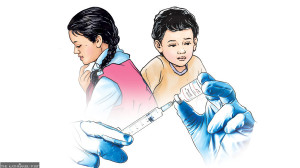Culture & Lifestyle
Hope, stitched by hand
Rooted in empathy and a survivor-centric approach, Inara by Astitwa Nepal is helping survivors rebuild their lives with dignity and community support.
Sanskriti Pokharel
In the bustling lane of Sanepa, Lalitpur, tucked among cafes, sits a store that radiates warmth, purpose, and a scent of hope—Inara by Astitwa Nepal. At first glance, it’s a cosy shop to browse handcrafted jewellery, candles, macrame, crochet items, and arts and crafts. But for the women behind each piece, it’s a second chance, a source of dignity, and proof that even after enduring violence, one’s light can shine through.
“Inara means a ‘ray of light’ in Arabic,” shares Simran Silpakar, the president and co-founder of Inara by Astitwa Nepal, the NGO behind this social enterprise. Burn violence survivors carefully craft every product sold here. “Inara lives up to its meaning for us and our didis (survivors),” Silpakar adds.
Astitwa Nepal’s story began in 2018, rooted in the belief that empowerment starts with action. “We have always worked with gender-based violence survivors, especially acid attack and burn violence,” says Silpakar. “Providing medical care, counselling, and food is immediate support. But training, skill-building, and helping someone earn their livelihood is empowerment,” she adds.
Over the years, the organisation has conducted numerous training programmes, from jewellery making and candle crafting to macrame and other handicrafts. For many survivors, these workshops are much more than learning a craft. They are also about reclaiming a sense of purpose. The NGO’s training spaces have become safe havens where survivors bond, heal, and imagine futures free from dependency or shame.
However, Astitwa Nepal could not legally run a business as an NGO. “We had so many supporters abroad who wanted to buy our products,” recalls Silpakar. “But we faced legal challenges exporting under an NGO. So, we needed another entity. That’s how Inara by Astitwa was born.”
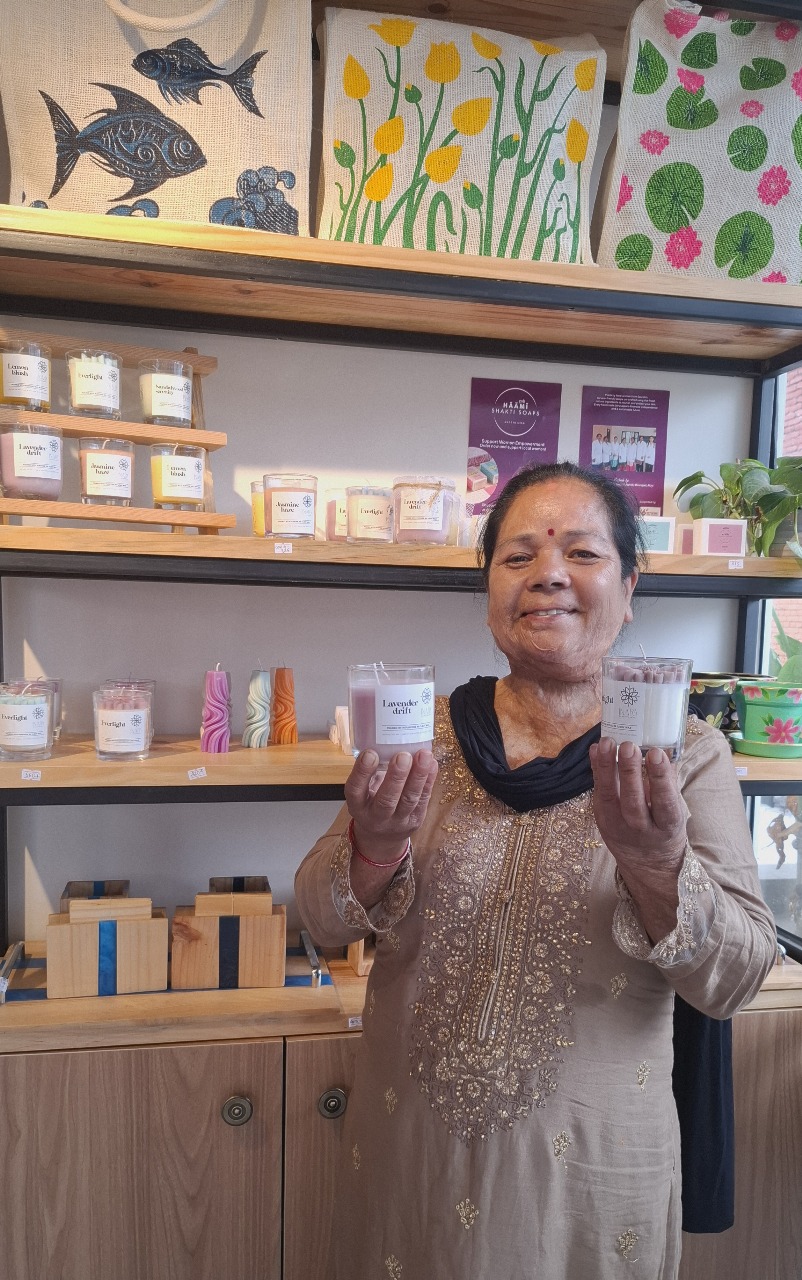
Inara’s vision is clear: not to limit itself to a shop. It’s a one-stop service centre, a platform that sells products crafted by survivors and reinvests the profit into supporting them and others in similar situations. “We’re not a for-profit business. The income supports survivors and helps provide counselling, training, and seed money to rebuild their lives,” says Silpakar.
The store’s shelves are lined with beautiful earrings, colourful bracelets, crochet items, intricately knotted macrame, and hand-poured candles. Each is a tangible bridge connecting the makers with a community that values their time, effort, and creativity.
Survivors work from home, at their own pace, surrounded by family. “Both acid attack and burn survivors have visible scars. Many don’t feel comfortable going out,” Silpakar explains. “But they can make jewellery or candles from home and earn with dignity.”
The impact is evident in the stories of women like Sabina Shrestha, Sabita Mahat, and Shanti Tamang, all burn survivors.
Shrestha has been with Astitwa Nepal for over a decade. “After that painful experience, I realised I wasn’t alone. I used to stay indoors, but then I met others like me,” she says.
She has found purpose here—being occupied in creative work, making candles and macrame. “It’s meditative. I lose track of time when I’m making things,” she adds.
“I was lonely. I didn’t know where to go or what to do,” Mahat recalls. “This place became my family.” She keeps herself busy with texture art, vase painting, and making piggy banks. “Until two years ago, I covered my face whenever I stepped out. People would question my scars. Now, with growing awareness, they rarely ask me, and I’ve stopped covering my face.”
But discrimination is still felt. Mahat faced job rejections because of her scars. “So, we survivors prefer to work on our crafts. However, the problem is, making beautiful things isn’t enough; you need a space to market them. Inara is that space for us,” Mahat admits.
Likewise, for Tamang, joining Astitwa Nepal changed her life’s trajectory. “Before this, I was lost. But with jewellery and bracelet training, I found my purpose again,” she says. Today, she works from home, often with her son’s help. Initially, her husband was sceptical about her earnings from this work, but his doubts disappeared as she began contributing to the household.
Tamang has also observed a change in how her neighbours perceive her. “Society’s attitude has changed,” she says. “These crafts give us confidence.”
Central to Inara’s success is its steadfast survivor-centric model. Hiring survivors or working with them demands not just skills but also calls for empathy. “Hesitancy shouldn’t be there while hiring survivors,” says Silpakar firmly. “Survivors are human too. Yes, initial adjustments are needed. But it’s not difficult if you’re sensitive and plan according to their wellbeing, needs, and capacity.”
In Inara, this approach reflects in every decision, from flexible working hours to providing raw materials and seed money so survivors can work at their own pace. “Empathy is at the heart of everything. We personally bond with survivors, share traumas, and celebrate growth,” Silpakar says. “Seeing each survivor’s journey fills my heart with contentment.”
The NGO’s ties with hospitals like KIST, Teaching Hospital, and Kirtipur Hospital help reach survivors early on. Often, survivors claim their burns were accidents because they were financially dependent on their husbands. Astitwa provides medical support and counselling, and offers skill-based training only when survivors are ready.
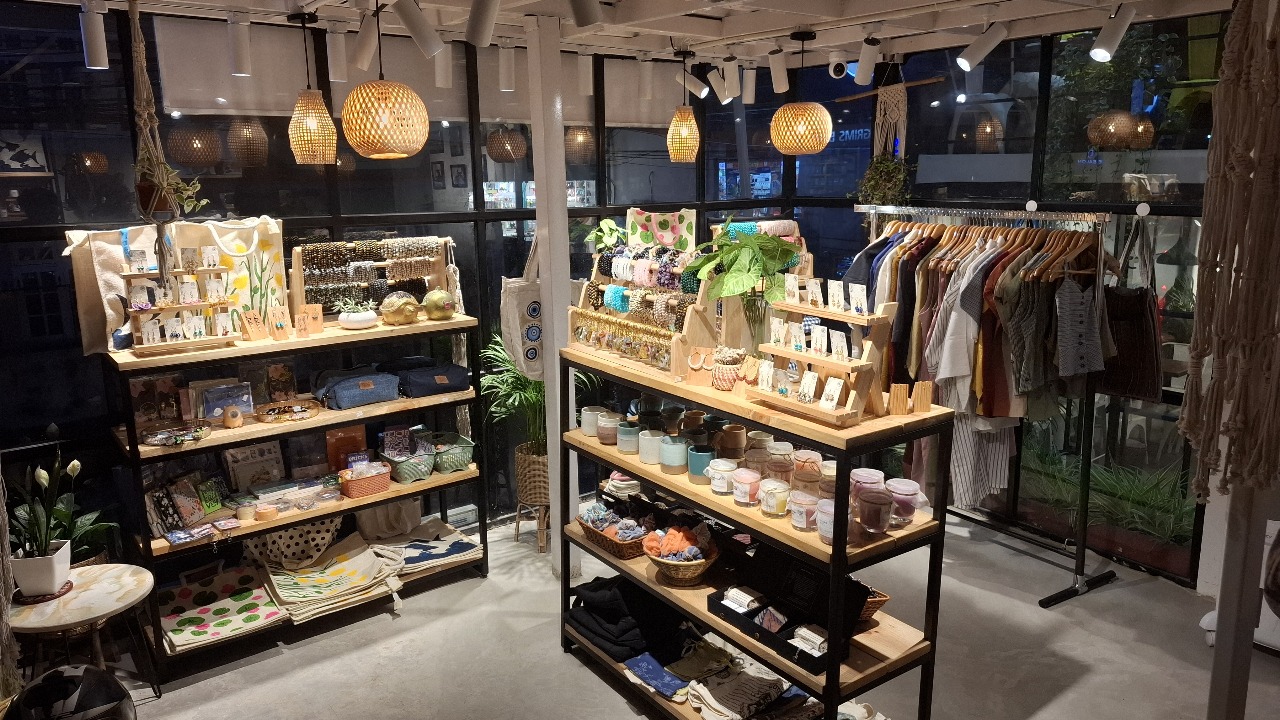
By embracing sustainability, Inara is determined to remain purpose-driven. “We want to support other purpose-driven brands too,” says Silpakar. Inara has started collaborating with local artisans and brands, taking a small operational commission in the initial phase to cover costs.
The next step is to turn survivors into trainers. “They’re confident in their work and ready to teach workshops not just to survivors but to anyone interested. That’s part of our sustainability plan,” she explains.
The feedback from the community so far has been heartwarming. “People didn’t expect this range or quality,” Silpakar smiles. “They thought they’d see just a few pieces of jewellery. But they were surprised and they loved the ambience as well.”
Yet, not everything is perfect. A recurring concern is how some customers still undervalue handcrafted products. “It’s disappointing when people take our craft for granted,” says Shrestha. “They forget how much time and effort go into each piece.”
Astitwa Nepal hopes to change this mindset through Inara, not with pity but with respect for the skill and story embedded in every product. The organisation aims for customers to purchase their products because they appreciate the quality and the story behind them. However, the key factor should be the high standard that encourages repeat business.
Inara by Astitwa stands as an inspiring model in Nepal’s growing landscape of social enterprises. It shows how thoughtful design rooted in empathy, purpose, and community can bridge the gap between charity and commerce. More importantly, it challenges society to see survivors not as passive aid recipients but as skilled artisans, trainers, entrepreneurs, and changemakers.
Silpakar’s message to other businesses is clear: “Hiring survivors is doable. Survivors just need a safe and sensitive space to work. They bring value, loyalty, and dedication. Hiring them is not charity but an opportunity to build an empathetic business.”
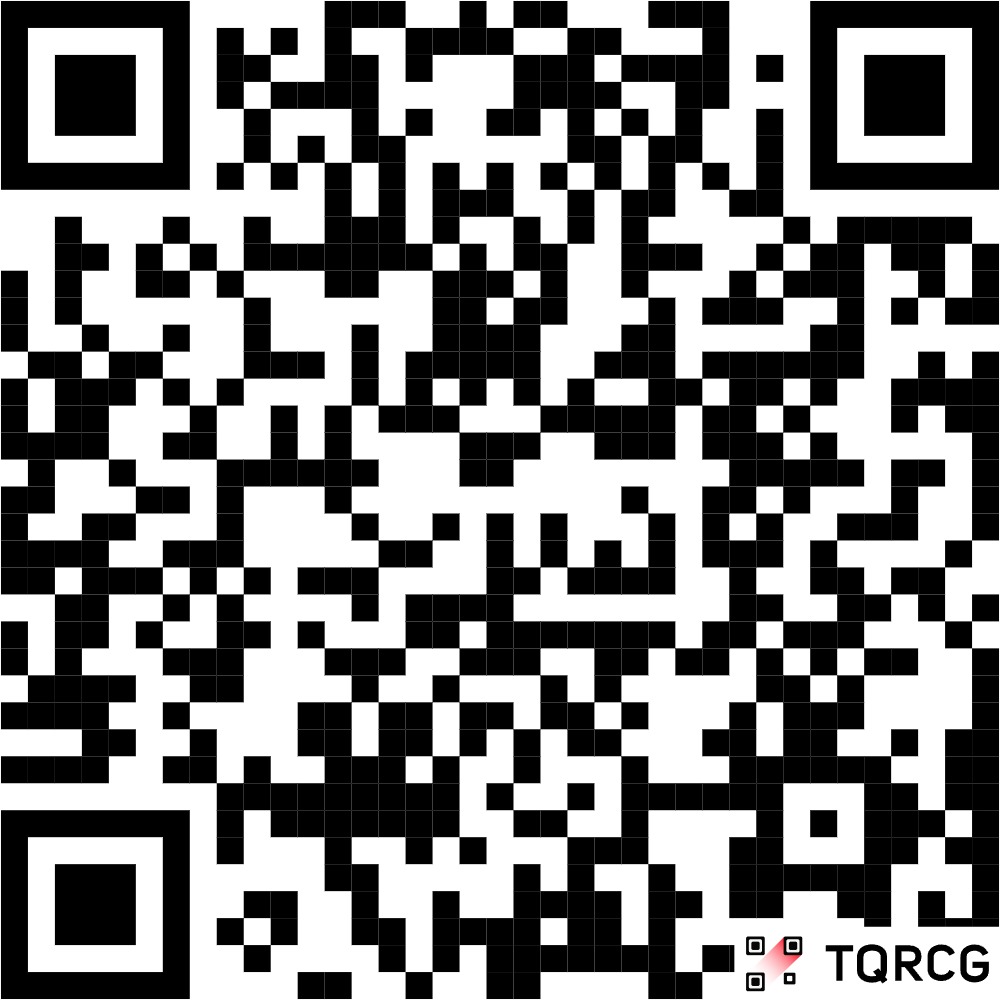




 17.12°C Kathmandu
17.12°C Kathmandu






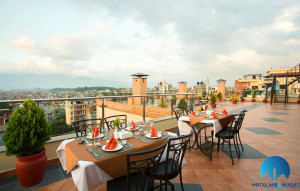
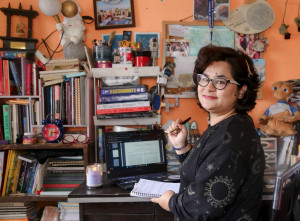


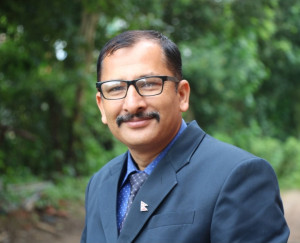


%20(1).jpg&w=300&height=200)

